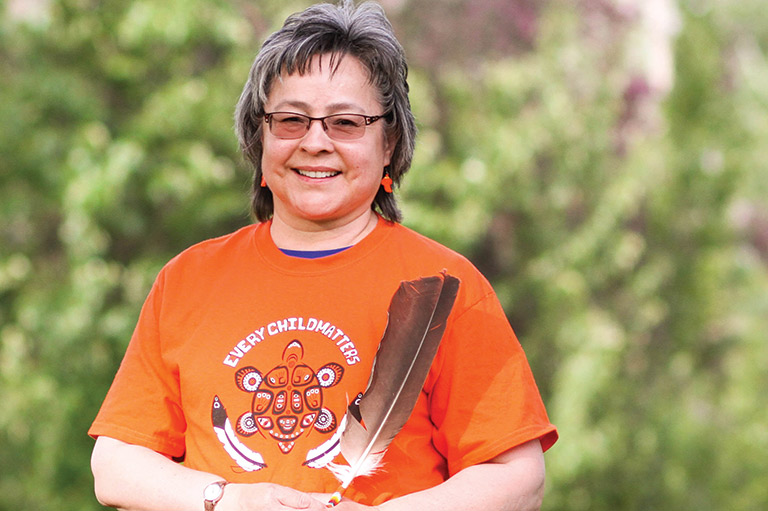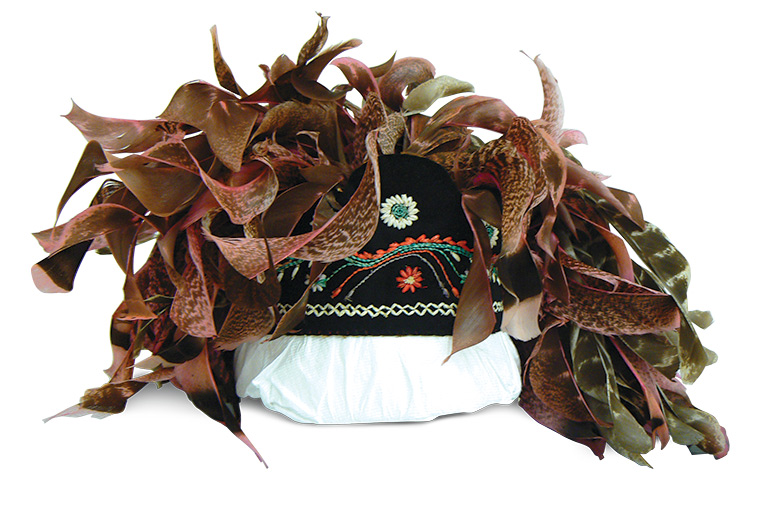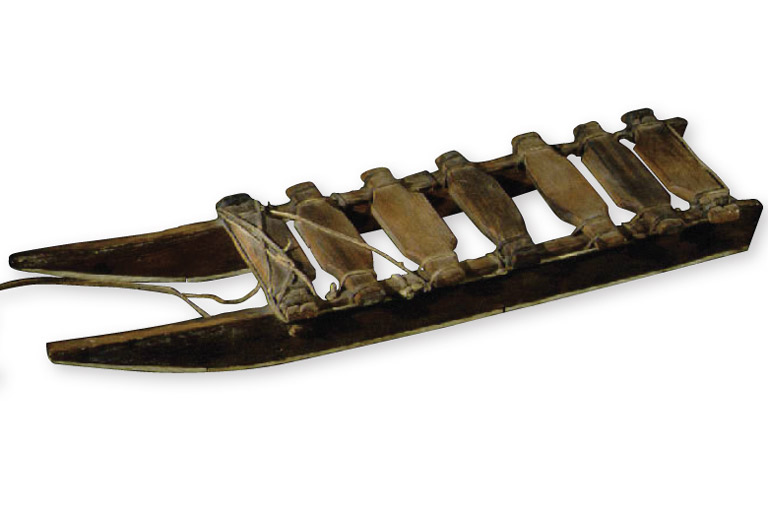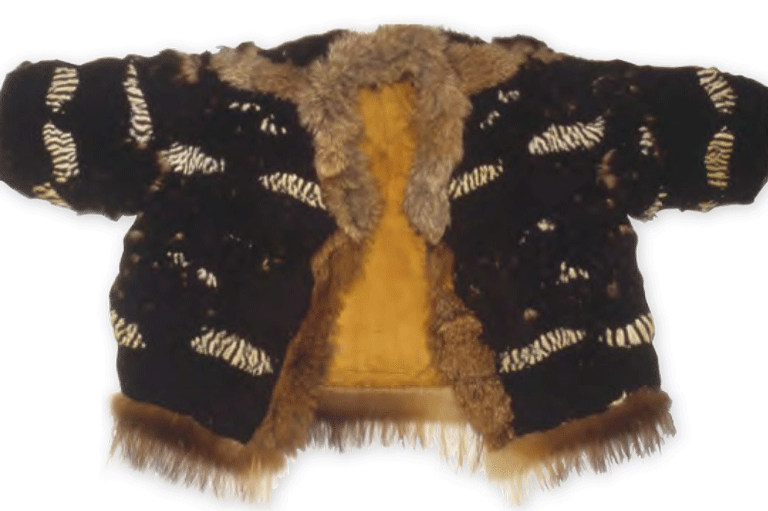Black and Indigenous

Afro-Indigenous is an umbrella term that covers a lot of different situations. Each individual has a unique story and may identify more specifically with one parent’s heritage or with both. Some describe themselves as Jamaican and Cree, or Ethiopian and Anishinaabe, or Black and Mi’kmaq.
Oral history — stories passed from parent to child — tells us the first Afro-Indigenous people were children of enslaved Black and Indigenous couples. Others were born of Black freedom-seekers and members of the Indigenous communities that took them in. Their offspring would be considered Afro=Indigenous, having African and Indigenous lineage.
The transatlantic slave trade lasted nearly four centuries before finally being abolished in the 1800s. Millions of African people were captured, forced onto ships and brought across the Atlantic Ocean. European slave traders sold these human beings to wealthy white people. The enslaved Africans worked for no pay in harsh conditions throughout the Caribbean islands and Turtle Island (North America).
Many of these people escaped slavery and sought refuge in Indigenous communities. (Although many Indigenous nations sympathized with the enslaved people, some Indigenous allies of the British were also involved in the kidnapping, trading and enslavement of African people during and after the American Revolution.)
Many formerly enslaved people came to Canada from the United States through a secret network of anti-slavery Americans known as the Underground Railroad. Others escaped slavery here. Some freedom-seekers made their way into Mi’kma’ki (the homeland of the Mi’kmaq) and Annishinaabeg and Haudenosaunee communities, according to the oral stories. They married Indigenous people and their children became the first Afro-Indigenous people. That blend has existed in Canada for more than 400 years.

The Proclaiming Our Roots website is a great place to learn more about Afro-Indigenous people and their long history here in Turtle Island. It has a collection of stories from those who identify as both Black and Indigenous. It’s one of the very few projects studying the history of Afro-Indigenous people in Canada.
Dr. Ciann Wilson and Ann Marie Beals have done a lot to raise awareness of Black Indigenous people in Canada. The lack of research about this group can make them seem invisible to other Canadians. There is more information available about Afro-Indigenous groups in the U.S. like the Black Seminoles. (Indigenous people often did not make strict distinctions between Canada and the U.S. Their focus was on their territories, which could cross borders.)
The Black Seminoles were known as a blend of free Black people and freedom-seekers who settled and lived with the Indigenous Seminole nation. The communities intermarried and worked together, helping each other try to stop white people from grabbing their land. Eventually the Black Seminoles were forced to relocate west, while some Seminoles hid in the Florida swamps.
Beals writes that in Canada, Indigenous and Black communities would unite to face oppression by Europeans who came here to set up colonies. Beals identifies as an Indigenous-Black two-spirit L’nu. (L’nu means “the people.” It is the word Mi’kmaq use for themselves.)
Beals says white Canadians have intentionally made Afro-Indigenous people invisible, even while recognizing the unique heritage of white-Indigenous groups. As a result, many Afro-Indigenous people say they don’t feel whole or like they’re enough as they are. Some have faced anti-Blackness from Indigenous communities and Canada as a whole.
In the past few years, Canadians have started to hear more Afro-Indigenous voices in the media, online and in the arts. Here are some Afro-Indigenous people making their mark in Canada today.

ADELINE BIRD
Identifies as Afro-Anishinaabe. She is an author, filmmaker and broadcaster. She wrote the book Be Unapologetically You: A Self Love Guide for Women of Color.

JAHKEELE MARSHALL-RUTTY
A forward for the Toronto FC soccer team. He identifies as being of Jamaican, German and Mi’kmaq descent.

JULIAN TAYLOR
A musician who has been nominated several times for Canada’s national music awards, the Juno. He describes himself as having Mohawk and West Indian roots.

About the author
Oscar Baker III, a Black and Mi’kmaq from Elsipogtog First Nation, N.B., and St. Augustine, Florida, is a writer and a father. He has been a working journalist for eight years, now working from his home in the New Brunswick community of Indian Island. He’s won the David Adams Richards award for nonfiction writing and was the first-ever Indigenous editorial intern fellow at The Walrus magazine. He hopes this article leads you as a reader to question what other histories remain hidden. Wela’lin (Thank you).
Themes associated with this article
Advertisement




